|
|
|
Книги Susan Tumarkin Goodman

|
Marc Chagall (1887-1985), one of the foremost modernists of the 20th century, created his unique style by blending richly colored folk art with Cubism, Surrealism, and imagery drawn from the Russian Christian icon tradition. This book explores a significant but neglected period in the artist's career, from the rise of fascism in the 1930s through the end of World War II, which he spent in Paris and then in exile in New York. Chagall's paintings from this time express the horror of the Holocaust as well as hope for the survival of his people and belief in the ultimate triumph of love. Works use many of Chagall's familiar figures — the Artist, the Bride, the Clown, the Wandering Jew — set in unexpected, often wrenching scenes. These contrast with lavish flower paintings that reflect the artist's adoration of his wife, Bella. Less well known are Chagall's canvases showing the Crucifixion of Jesus, often depicted as a Jew, and his rarely seen, dreamlike poems, eleven of which are published here. Susan Tumarkin Goodman and Kenneth E. Silver analyze Chagall's complex iconography and phantasmagorical style, tracing his Jewish, Christian, autobiographical, French, and Russian sources. |

|
Shortly after the Bolshevik Revolution, Soviet Jewish theatres became catalysts for modernist experimentation. Working with avant-garde playwrights, actors and producers in a new political environment, artists such as Marc Chagall, Natan Altman, Robert Falk, and Aleksandr Tyshler combined Russian folk art with elements of Cubo-Futurism and Constructivism into a bold new style. This collaboration gave rise to extraordinary productions with highly original stage designs that redefined the concept of theatre itself. From the Jewish mythical and folkloric plays produced at Habima to the daring, expressionistic Yiddish dramas presented at the Moscow State Yiddish Theatre (GOSET), this beautifully illustrated book chronicles the flourishing of Soviet Jewish theatre in the 1920s and 1930s. Spanning such topics as Jewish culture and history in the Soviet Union, the volume includes stunning reproductions of Chagall's celebrated murals; fascinating archival materials such as posters, prints, and playbills; designs for costumes and sets; and many other breathtaking works. |
|